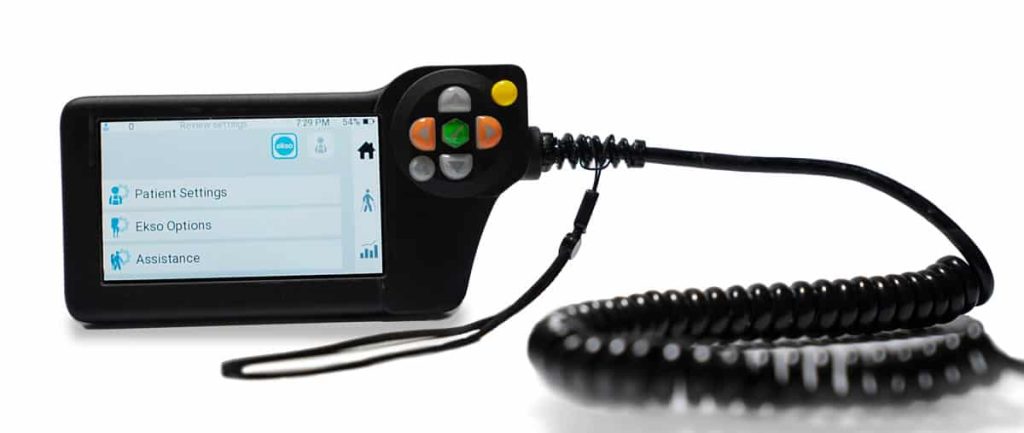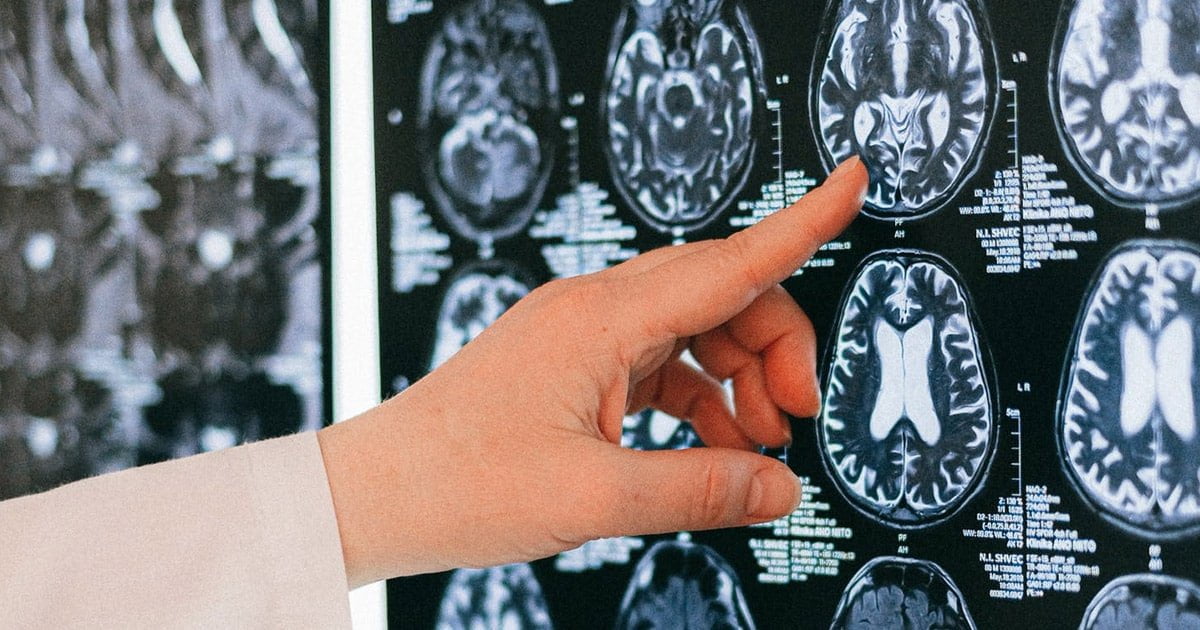While the prefix ‘neuro’ usually relates to anything having to do with the brain (words like ‘neurology’ come to mind immediately), in the physical therapy field, it may also refer to rehabilitation for the central nervous system. For example, a stroke survivor may experience reduced or complete loss of limb function. This paralysis is a result of a disruption in the nervous system. Neurorehabilitation clinicians (physiatrists and PM&R physicians) and physical therapists aim to help stroke survivors gain mobility in their limbs, walk farther, and hopefully walk back into their communities.
Stroke patients can experience a range of symptoms—from limited function in one or more limbs to complete paralysis on one side of the body. Regardless of their condition’s severity, it can be frustrating and disheartening to learn to walk again. This is why clinicians, physical therapists, and researchers from institutes of the caliber of Harvard University, Boston University, and Johns Hopkins are excited about the options that a lightweight Exosuit may present to patients. Innovation in rehabilitation, and the medical field are the only way to improve important outcomes. With that in mind, let’s take a look at how wearable robots are making waves in the world of rehabilitation sciences.

Exosuits are changing clinical settings and patient outcomes.
Once, not that long ago, all physical therapists had to rely solely on their own discretion and their own bodies when adjusting and carrying out P.T. exercises, such as walking on a mechanical power treadmill in a harness system. While therapists are known to be pros at what they do, human error still happens in the rehabilitation sciences, just like anywhere else. Today, a patient in a clinical setting can wear a lightweight, exosuit (or exoskeleton) that collects data on their improvement and important outcomes in real-time, a level of reliability that wasn’t possible before. By using real-time data, P.T. practitioners can maximize session times and improve outcomes for their patients. In other words, patients are gaining back abilities more quickly than before.

Software that adapts to a stroke patient’s gait pattern.
P.T. practitioners need to be aware of the patient’s ever-changing gait, gait mechanics, and ability because if a patient puts too much stress on a limb or ankle joint that isn’t quite ready, it can lead to further injury. EksoNR and other robotic exoskeletons solve that by using software to keep tabs on a stroke patient’s capabilities and adjust the assistance accordingly. By wearing an exosuit, even someone with a spinal cord injury could improve immensely in terms of balance, walking speed, or gait quality.
Exosuits are adjustable for the needs of specific joints.
When you think about an exoskeleton, you might be thinking of a rigid structure to be worn over a patient’s body, locking them in. That’s not at all what an exosuit by Ekso is like—in fact, this wearable robot can be adapted to each joint specifically—hip, ankle, knee, and more. Wearing an exosuit probably isn’t as comfortable as throwing on a pair of sweats, but it’s not uncomfortable either. The fact that exosuit technology is this customizable allows physical therapists who are treating spinal cord injuries or working on stroke rehabilitation to treat a specific patient’s needs. That inevitably leads to better outcomes.
Exosuit technology has been widely studied and acclaimed, with 110 studies being either carried out currently or already completed at acclaimed universities. As noted above, these include Harvard University and Boston University, but also the Kessler Foundation, UCLA, and UC Berkeley. Clinical trial results have been excellent, with the vast majority of people reporting an immediate effect and improvement levels that are far and away better than previously witnessed in stroke rehabilitation patients. While the exosuit technology is new, it’s a critical step towards improving stroke survivors’ lives around the United States and, indeed, the world over with its broad applicability.
Contact Ekso Bionics
Exoskeletons and robots may sound as though they belong in a sci-fi film, but they don’t. Exoskeletons belong right here, among the millions of people experiencing the effects of neurological and physical injuries leading to weakness and paralysis. To learn more about the newest exosuit technology and how they can help your application, reach out to the Ekso Bionics team today.
